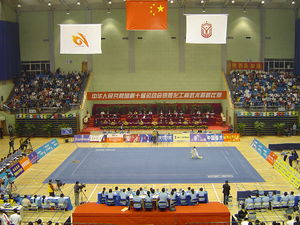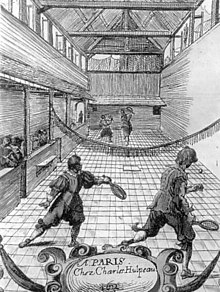Game play in American football consists of a series of
downs, individual plays of short duration, outside of which the ball is
dead or not in play. These can be
plays from scrimmage—passes, runs, punts, or field goal attempts—or
free kicks such as kickoffs. Substitutions can be made between downs, which allows for a great deal of specialization as coaches
choose the players best suited for each particular situation. During a
play, each team should have no more than 11 players on the field, and
each of them has specific tasks assigned for that specific play.
 |
The Tennessee Titans and the Houston Texans in formation before a play.
|
 , the fraction
, the fraction  . Therefore, multiplying by
. Therefore, multiplying by  is equivalent to multiplying by one, and any number multiplied by one
has the same value as the original number. By way of an example, start
with the fraction
is equivalent to multiplying by one, and any number multiplied by one
has the same value as the original number. By way of an example, start
with the fraction  .
.



